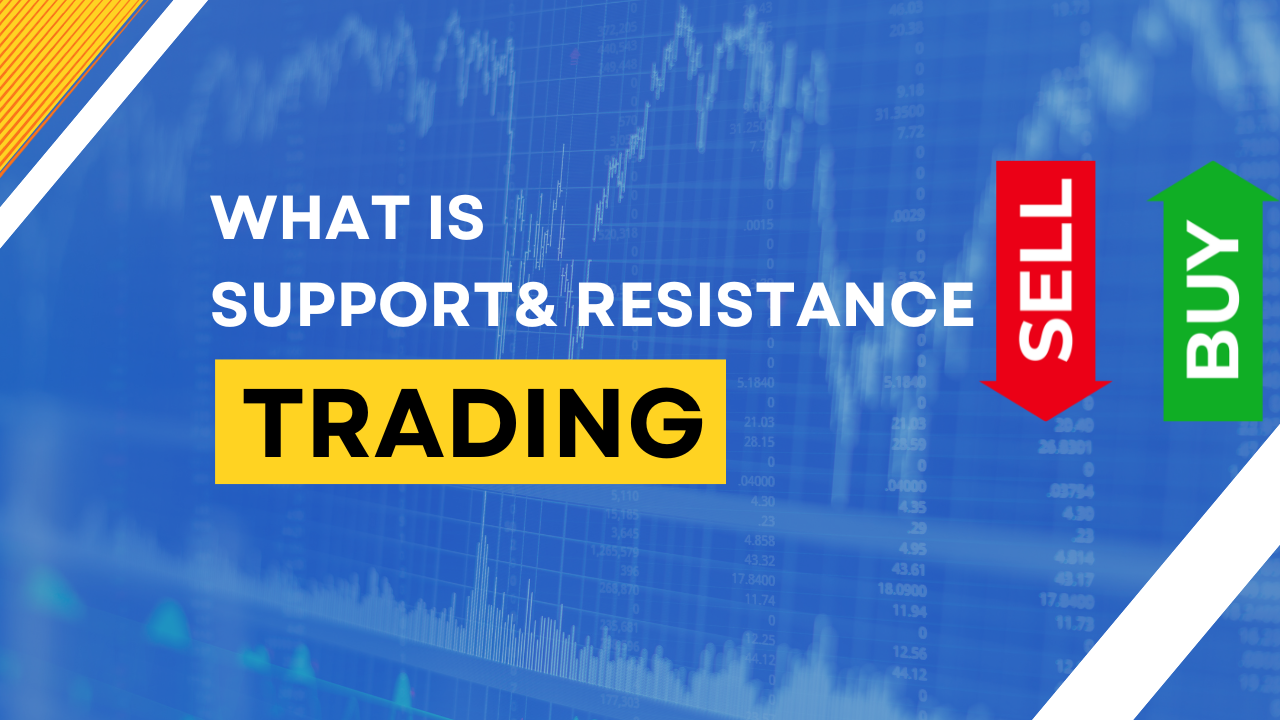What is Support and Resistance Trading?
Support and resistance trading is a foundational concept in technical analysis, providing traders with potential indicators of price movements. Support refers to a price level where a downtrend can be expected to pause due to a concentration of demand, while resistance is a price level where a trend can pause or reverse given a concentration of supply.
The Significance of Support and Resistance
These levels are pivotal because they signify the price points where market psychology is known to shift. They encapsulate the essence of market dynamics: the ongoing battle between bulls and bears, supply and demand.
Trading Support and Resistance
To trade these pivotal points effectively, one must understand that these are not exact numbers but zones where price can react and change direction.
Identifying Support and Resistance
- Swing Lows and Highs: Peaks and troughs on a chart create natural support and resistance levels.
- Psychological Levels: Rounded numbers often act as psychological barriers to price movement.
- Moving Averages: These can act as dynamic support and resistance levels as they represent the average prices that traders are paying.
Support and Resistance Trading Strategy
A robust trading strategy around these levels often involves:
- Trend Identification: Establish whether the market is trending or range-bound.
- Level Confirmation: Confirm these levels using historical price actions and volume.
- Pattern Recognition: Identify patterns that signify a reversal or continuation of a trend.
Entry Points
For a long trade, seek bullish patterns like an engulfing bar at a support zone. It indicates buying pressure and a potential upward move. Conversely, for a short trade, look for bearish patterns such as a shooting star or a bearish engulfing pattern at a resistance zone, indicating selling pressure.
Best Time Frame for Trading Support and Resistance
The time frame for trading can significantly impact the effectiveness of support and resistance levels. Generally, higher time frames like the 4-hour, daily, and weekly charts offer stronger and more reliable levels that can serve as a more robust base for entering and exiting trades.
Trading Support and Resistance Levels
When trading these levels, consider the following:
- Wait for Confirmation: A price action confirmation such as a rejection candle can increase the probability of a successful trade.
- Consider the Volume: A high volume at a support or resistance level can validate it.
- Risk Management: Always have a clear stop loss to manage risk, preferably beyond the support or resistance level.
Conclusion
Support and resistance trading is not just about recognizing levels on a chart. It’s about understanding the psychology behind price movements, and the narrative of supply and demand. With a strategic approach to these levels, one can find high-probability trades with clear entry and exit points, catering to both conservative and aggressive trading styles.
To become proficient in support and resistance trading, commit to continuous learning, backtesting, and starting with a demo account to build confidence before entering live markets.
- Dark Cloud Cover: A Guide to Trading This Bearish Candlestick Pattern - 26 December 2023
- Title: Piercing the Veil of Market Sentiment: The Piercing Pattern in Trading - 26 December 2023
- Bullish Marubozu: A Comprehensive Guide to Trading with Confidence - 26 December 2023
